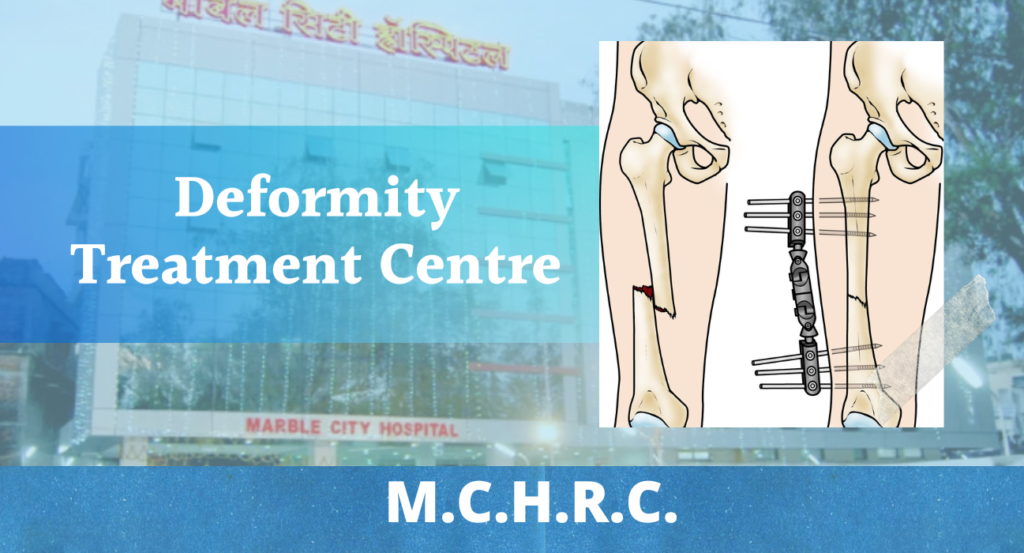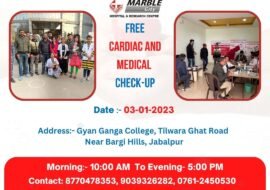
- Treatment of curvature of hands, feet, and toes after birth or fracture.
- Leg length is increased when the leg is shortened in birth or an accident.
- Treatment by Ilizarov Method, A.O. Method, and Ext. Fixator.
- Specially Trained Experienced Surgeons.
- Central India’s only center.
- The surgeon has received special training under the guidance of world-famous surgeon Dr. Drar Pele (USA).
- Successful surgery for more than 2000 deformities.

What does lower limb deformity correction involve?
Lower leg deformities are corrected using a procedure called an osteotomy. This entails making a cut to the bone and then realigning bones and joints so they are correctly positioned. They are then stabilised, in some cases using an external fixator, as in limb lengthening surgery. A fixator is a frame that attaches to the end of the bone, keeping it in the correct position and allowing new bone to grow to fill any gaps. Osteotomies are an effective method of joint preservation. By realigning the joints so they are working correctly the procedure helps to prevent any further joint damage.
Why might I need lower limb deformity correction?
You might be offered this type of surgery if you have had lower limb deformity since birth or early childhood, or if you have developed the condition as a result of an accident or injury. Deformities in children are often caused by genetic abnormalities, the position of the fetus in the womb, or nutritional deficiencies.
Among the conditions that might be suitable for this type of surgery are:
- Club foot (congenital talipes equinovarus) is a congenital abnormality that causes a child’s foot to twist inwards at the ankle.
- Flat foot or fallen arches (pes planus) is a condition where the natural arch of the foot fails to develop or collapses.
- The high arch is a condition that causes the foot arch to become abnormally pronounced, causing pain in the ball and heel of the foot.
- The tarsal coalition is where two or more tarsal bones fuse.
- Bowed legs (congenital genu varus) cause an abnormal outward curve in one or both legs.
How long does it take to recover?
Recovery times vary depending on the procedure that is carried out, the extent of surgery required, your age, and general health and well-being. Before surgery, you will be screened to check for levels of Vitamin D and to rule out infection or other potential problems that may affect the outcome of surgery. After surgery, you can help to speed up your recovery by keeping weight off the affected limb and raising your leg above the level of your heart as much as possible during the first few days. It is important that you follow the surgeon’s advice about keeping the wound clean and dry and that you do any exercises set by the physiotherapist as these will help you to regain a full range of movement and flexibility. You should not smoke or take anti-inflammatories as these can impede healing.





